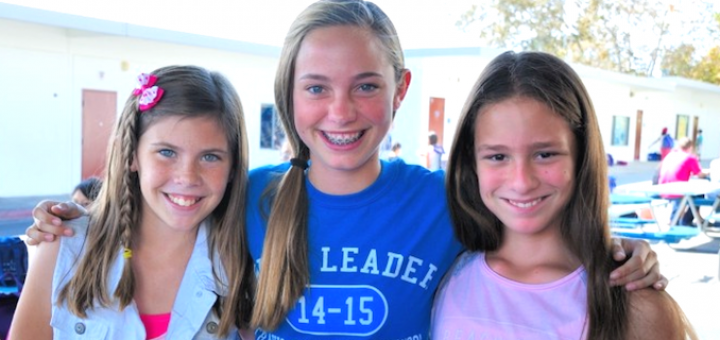A Beginner’s Guide to Education Conferences
Conferences are valuable ways to grow professionally. Consultant Anne Anderson, who attended many such events as a teacher, shares ideas for getting buy-in and funding, prepping for the trip, getting the most from talks and exhibits, and bringing it all home.























